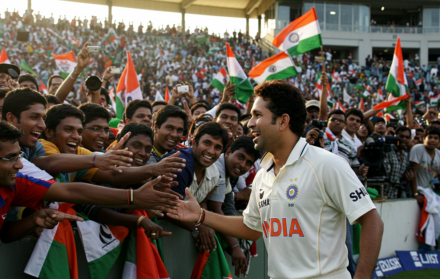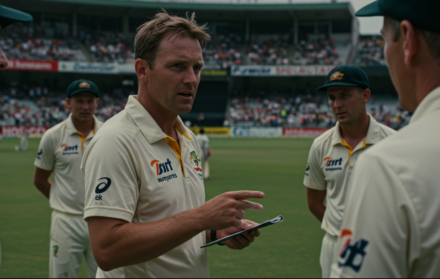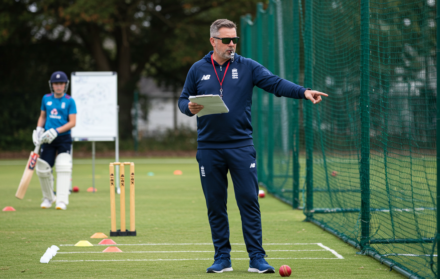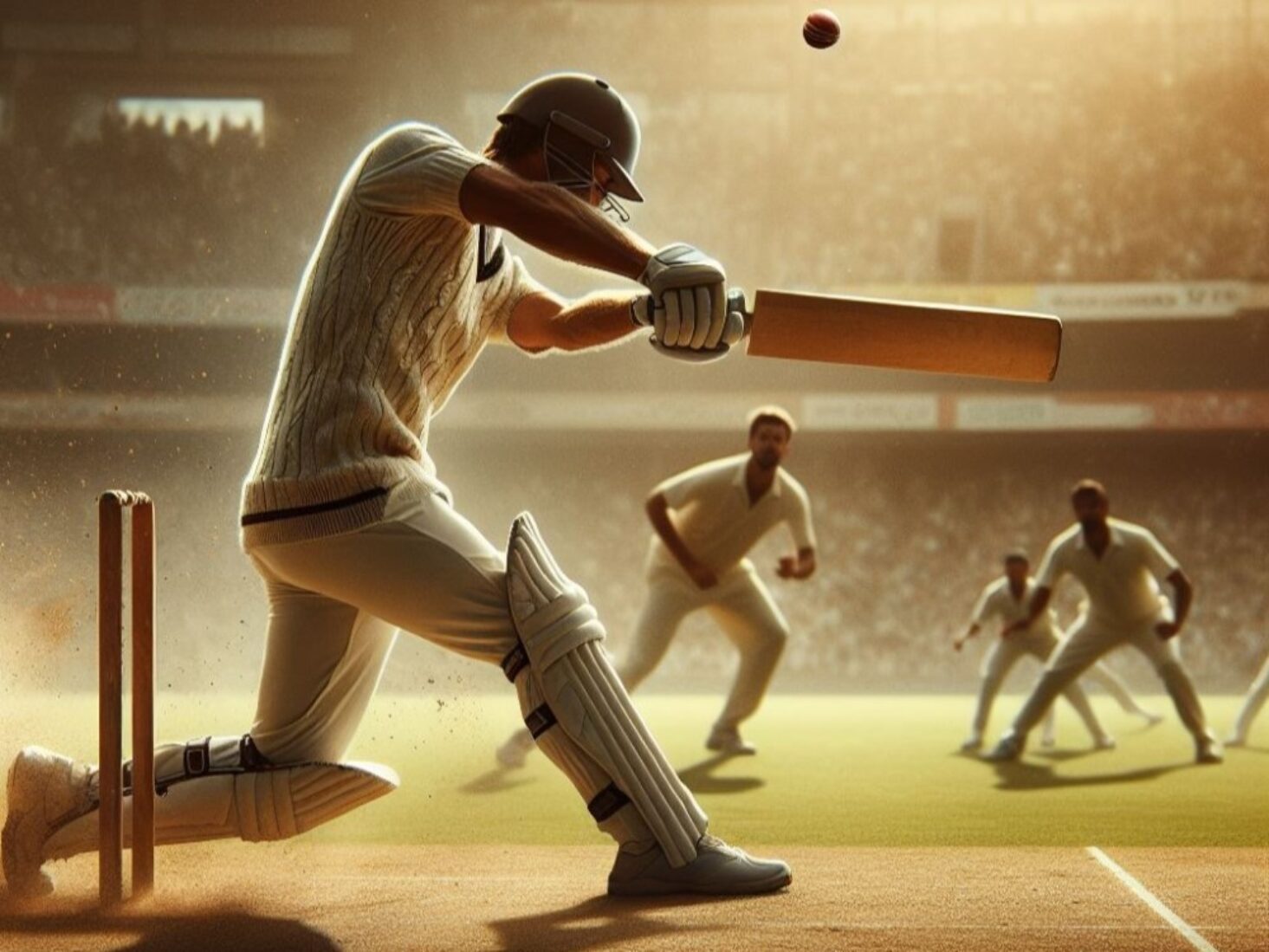
Understanding the DRS System For Bowling In Cricket
Cricket has witnessed the introduction of several technological advancements to enhance the accuracy of decision-making. One such system is the Decision Review System (DRS). Understanding and effectively utilizing the DRS system is crucial for players, teams, and spectators alike. This article aims to provide a comprehensive understanding of the DRS system, its purpose, and the process involved in reviewing decisions.
The DRS system is an advanced technology utilized in cricket to assist on-field umpires in making fair and accurate decisions. It allows players to challenge on-field decisions and review the same by referring to various technological aids.
The DRS system utilizes various tools such as ball-tracking technology, infra-red cameras, and snickometer to assess different aspects of the game. These tools provide a comprehensive analysis, allowing umpires to review and potentially overturn their original decision.
The primary purpose of the DRS system is to minimize human error and ensure fairness in decision-making. It provides teams with a limited number of opportunities to challenge on-field decisions and rectify any potential mistakes.
To effectively utilize the DRS system, it is essential to grasp the review process involved. Teams can use the DRS system to challenge decisions made by the on-field umpires. However, there are specific scenarios and criteria that must be met for a team to make a successful review.
The DRS system can be used to review decisions related to boundaries, dismissals, and other situations involving potentially contentious calls. In a cricket match, each team is usually allocated a limited number of reviews per innings, usually two or three, depending on the format of the game.
If a team’s review successfully overturns the on-field decision, they retain their review, and the correct decision is implemented. When a team’s review is unsuccessful, their allocated review is deducted, and the original on-field decision stands. To ensure that the DRS system is used effectively, teams and players must consider specific factors.
Before electing to review a decision, teams must carefully assess the likelihood of success, considering factors such as the importance of the decision, input from teammates, and the confidence in the evidence available.
Familiarizing themselves with the technological aids, including ball-tracking and snickometer, can significantly assist teams in making informed decisions during the review process.
Interpreting the DRS results requires an understanding of the margin of error and other technical aspects of the system. This knowledge can help teams make better judgments when utilizing the DRS system.
Though the DRS system has been largely successful, it has not been without its share of controversies and challenges.
Questions have been raised regarding the accuracy and reliability of certain technological components of the DRS system, leading to debates about its legitimacy.
The “Umpire’s Call” feature, which allows the on-field umpire’s decision to stand if a review’s outcome is inconclusive, has sparked discussions about subjectivity and its impact on fair play.
Critics argue that the introduction of the DRS system has altered the traditional dynamics of the game, potentially impacting the spirit and spontaneity that cricket has long been celebrated for.
By understanding the DRS system, its review process, using it effectively, and being aware of the controversies and challenges associated with it, players, teams, and cricket enthusiasts can navigate the complexities of this technological innovation for a fair and engaging cricket experience.
What is the DRS System?
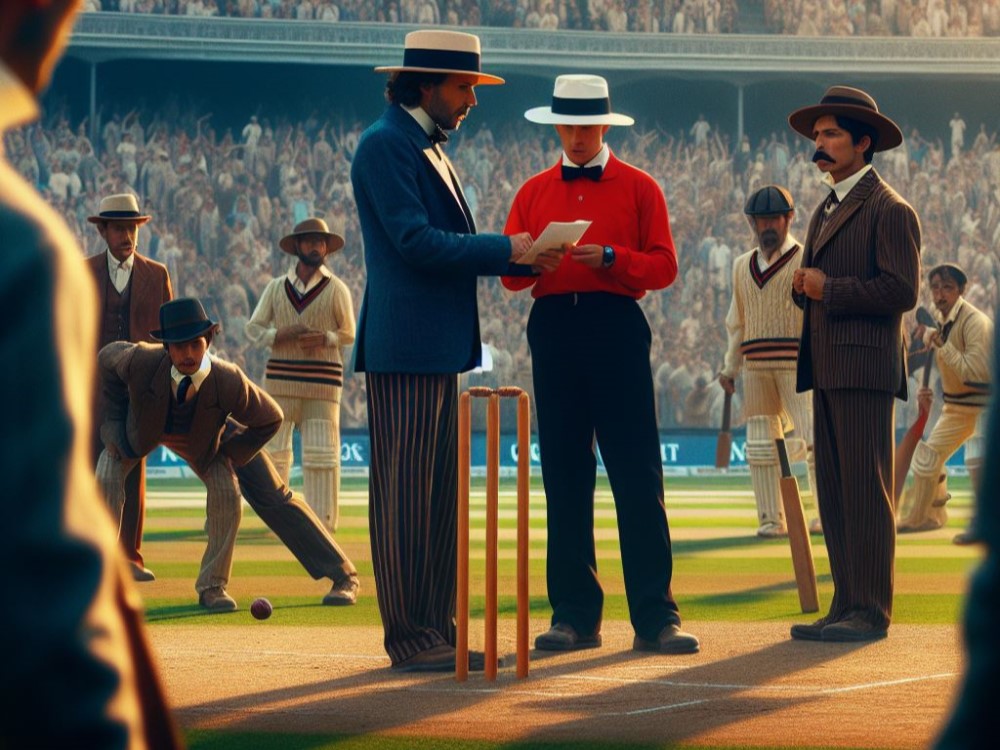
The Decision Review System (DRS) is an electronic system used in cricket to assist umpires in making correct decisions. It allows teams to challenge on-field decisions by referring them to the third umpire who reviews the footage and provides a verdict.
This system uses ball tracking technology, infrared imaging, and stump microphones to improve decision-making accuracy. What is the DRS System? The DRS has been a key addition in international cricket, reducing human error and providing fair outcomes.
Fact: The DRS was first introduced in Test cricket in 2008 and has since been adopted in limited-overs formats as well.
How Does the DRS System Work?
The DRS system in cricket is a technology-based process used to review on-field decisions made by the umpires. Here is a step-by-step breakdown of how the DRS system works:
- Player referral: A player from the fielding team can ask the on-field umpire for a review of a decision.
- Third umpire: The decision is then referred to the third umpire, who has access to various technologies.
- Ball tracking: The third umpire uses ball-tracking technology to determine the path of the ball and if it would have hit the stumps.
- Hawkeye: This technology analyzes the trajectory of the ball and predicts its path.
- Snickometer: It is a sound analysis tool that helps identify if the ball hit the bat.
- Hot Spot: This technology uses infra-red imaging to highlight any contact between the ball and the bat or pad.
- Umpire’s call: If the technology indicates that the decision is inconclusive, the on-field umpire’s original decision stands.
To effectively use the DRS system, players should consider the following suggestions:
- Use the DRS system wisely and strategically for crucial decisions.
- Understand the limitations and accuracy of the technology in order to interpret the results correctly.
- Communicate effectively with the team to make informed decisions about when to use the review.
What is the Purpose of the DRS System?
The purpose of the DRS system in cricket is to assist umpires in making more accurate decisions during matches. By using advanced technology such as ball tracking and sound analysis, the DRS system helps reduce errors and improve the overall fairness of the game. It allows teams to challenge on-field decisions they believe are incorrect, ensuring a level playing field.
The DRS system aims to enhance the accuracy and integrity of umpiring decisions, while providing an opportunity for players to review and challenge decisions they disagree with. Ultimately, the purpose of the DRS system is to promote fairness and uphold the spirit of the game in cricket.
What Types of Decisions Can Be Reviewed Using DRS?
DRS allows teams to review certain on-field decisions made by the umpires. Here is a summary of the types of decisions that can be reviewed using DRS:
- LBW (Leg Before Wicket) decisions: Teams can request a review to check if the ball would have hit the stumps or if the batsman had made contact with the ball before it hit the pads.
- Caught behind decisions: Teams can review to determine if the ball had hit the bat before being caught by the wicketkeeper or slips fielder.
- Bat-pad decisions: Teams can challenge decisions where the ball may have hit the bat and then pad before being caught.
- Stumping decisions: Teams can review to ascertain if the batsman’s foot was behind the crease before the bails were dislodged by the wicketkeeper.
- No-ball decisions: Teams can request a review to check if the bowler had overstepped the crease while delivering the ball.
- Reviewing boundaries: Teams can review to verify if a fielder had touched the boundary while attempting to prevent a boundary.
How Many Reviews Does Each Team Get?
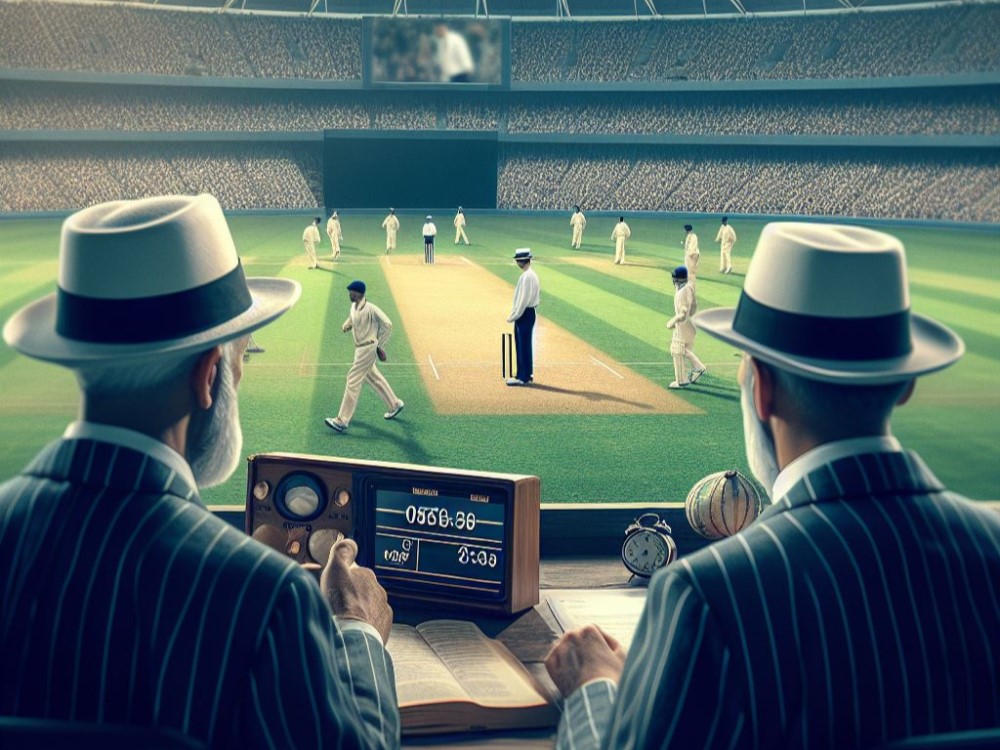
Each team in a cricket match is allowed a limited number of reviews in the Decision Review System (DRS). The exact number of reviews depends on the format of the game. In Test matches, each team is given two reviews per innings.
If a review is successful and the on-field umpire’s decision is overturned, the team retains the review. If a review is unsuccessful, the team loses that review. In limited-overs matches, such as One Day Internationals and Twenty20 Internationals, each team receives one review for the entire match. It is crucial for teams to strategically use their reviews to challenge incorrect decisions and maximize their chances of success.
What Happens When a Review is Successful?
When a review is successful in the Decision Review System (DRS) in cricket, the team that requested the review gets to retain their review and it does not count towards their allotted number of reviews. What happens when a review is successful? If the review overturns the on-field decision, the batting or bowling side benefits from the decision being changed in their favor.
This can result in a batsman being given not out or an incorrect dismissal being reversed. The successful review can have a significant impact on the outcome of the game, as it allows for the correction of potentially game-changing decisions.
What Happens When a Review is Unsuccessful?
When a review is unsuccessful in the DRS system in cricket, the decision made by the on-field umpire stands. What happens when a review is unsuccessful? The team loses one of their allocated reviews.
This means they will not have the opportunity to challenge another decision during the innings, unless they earn a new review through good performance or use the remaining review(s) judiciously.
It is important for teams to carefully consider when to use their reviews to increase the chances of success and avoid wasting them on incorrect decisions. It also highlights the importance of accurate decision-making by the on-field umpires. To maximize the effectiveness of the DRS system, teams need to strategize and use their resources wisely.
Using the DRS System Effectively
Discover the secrets of using the DRS system effectively in cricket. From mastering the technology behind it to understanding the factors to consider before making a review, this section will equip you with the knowledge you need.
Be prepared to interpret the DRS results with confidence and gain an edge in the game. Get ready to take your bowling strategy to the next level with this valuable information.
Factors to Consider Before Making a Review
Factors to consider before making a review in the decision review system (DRS) in cricket:
- Accuracy of the decision: Assess the certainty of the on-field decision. Take into account the factors that determine the odds of overturning a decision.
- In order to understand and use the DRS System for Bowling in cricket, it is important to assess the certainty of the on-field decision and consider the factors that determine the odds of overturning a decision.
- Remaining reviews: Give due consideration to the number of available reviews and use them judiciously throughout the innings.
- Timing of the review: Act promptly to ensure that the review is made within the allotted time for decision-making.
- Umpire’s call: Carefully evaluate the impact of the “umpire’s call” verdict on the review. If there is a probability that the original decision will stand, it is advisable to save the review for later use.
- Prior success rate: Seek guidance from previously successful decisions to assess the team’s success rate before initiating a review.
- Importance of the wicket: Consider the significance of the wicket in the game, especially when it involves the dismissal of a key player.
- Captain’s intuition: Take into account the team captain’s intuition and judgment, considering factors such as field position, bowler’s confidence, and other relevant game factors.
Understanding the Technology Used in the DRS System
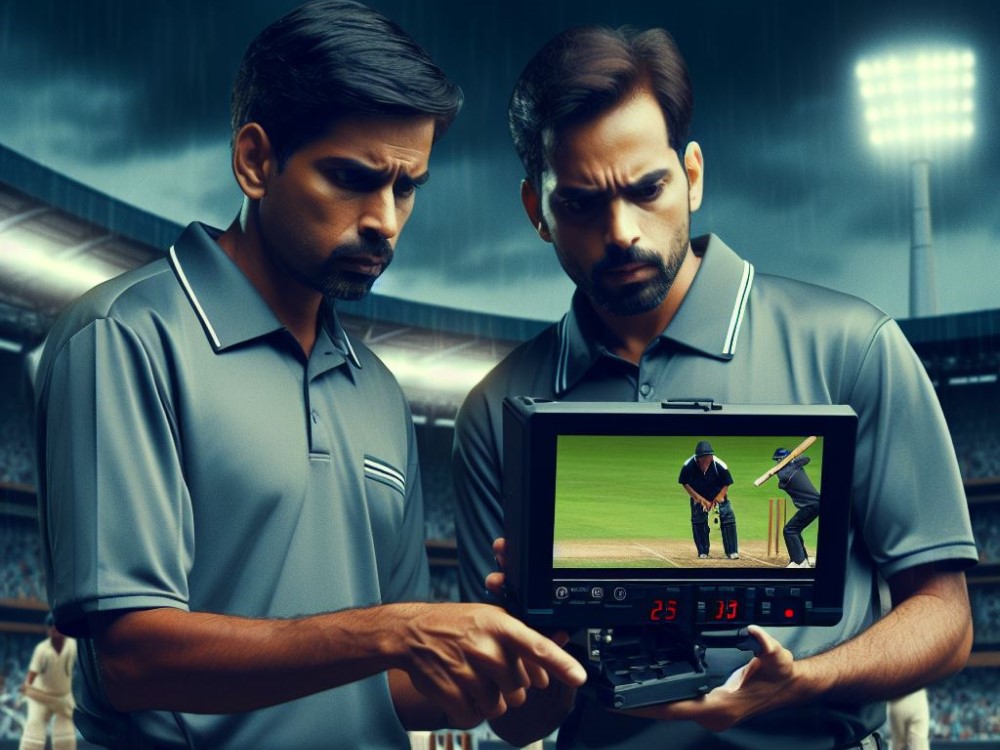
The DRS (Decision Review System) system incorporates various technologies to ensure accurate decision-making in cricket. These technologies include ball tracking, sound analysis, and infra-red imaging. By understanding how each of these technologies works, players and officials can effectively utilize the DRS system.
Ball tracking technology plays a crucial role in the DRS system. It enables the tracking of the ball’s trajectory, helping determine the path it would have taken after impact. This information is instrumental in reviewing decisions and providing a more accurate outcome.
Sound analysis is another important aspect of the DRS system. By detecting sounds produced by the ball hitting the bat or pad, this technology provides vital evidence for reviewing decisions. It adds an additional layer of information that assists umpires in making accurate judgments.
Infra-red imaging is an integral part of the DRS system, specifically in LBW (Leg Before Wicket) decisions. It helps in detecting the presence of an edge, which is crucial in evaluating LBW appeals. By incorporating infra-red imaging, the DRS system ensures fairness and accuracy in decision-making.
The DRS system, introduced in cricket in 2008, has been widely implemented in international matches by the International Cricket Council (ICC). Its main goal is to assist umpires in making accurate decisions and reduce the likelihood of errors. Understanding the technology used in the DRS system is essential for both players and officials to make the most of this innovative cricket technology.
Tips for Interpreting the DRS Results
When it comes to interpreting the results of the Decision Review System (DRS) in cricket, it’s essential to follow these tips in order to gain a better understanding:
- Study the ball-tracking technology: Take the time to familiarize yourself with how the DRS system tracks and predicts the trajectory of the ball.
- Consider the impact of playing conditions: Keep in mind that factors like pitch conditions, weather, and the state of the ball can have an influence on the accuracy of the DRS.
- Review multiple angles: It’s crucial to watch replays from different camera angles to get a comprehensive view of the situation, as each angle can offer unique insights.
- Pay attention to sound analysis: Listen closely for any audible cues that may indicate contact between the ball and the bat or pad.
Controversies and Challenges of the DRS System

Controversies and challenges surround the DRS system in cricket, piquing the interest of fans and players alike. We’ll explore the accuracy and reliability of the technology, the subjectivity in umpire’s call, and its impact on the spirit of the game.
Get ready to uncover the heated debates, the statistical analysis, and the thrilling moments that have made the DRS system a topic of intense scrutiny in the cricketing world.
Accuracy and Reliability of the Technology
The accuracy and reliability of the technology used in the Decision Review System (DRS) in cricket is of utmost importance for ensuring fair decision-making. With advancements such as ball tracking, sound analysis, and infra-red imaging, the DRS system strives to deliver precise outcomes.
Challenges persist, especially when considering the subjective nature of umpire’s call and its potential impact on the spirit of the game. To guarantee the effectiveness of the technology, it is essential to constantly improve and update it, addressing any inaccuracies or glitches that may arise.
Moreover, fostering better communication and transparency between match officials and players can play a vital role in establishing trust in the DRS system and upholding the integrity of the game.
Subjectivity in Umpire’s Call
The DRS system in cricket is not without its challenges, one of which is the subjectivity in the umpire’s call. The decision-making process can be influenced by various factors, such as the on-field umpire’s perspective, biases, and interpretation of the rules.
This subjectivity, also known as subjectivity in umpire’s call, can lead to controversies and debates among players, teams, and fans. To address this issue, it is crucial for the ICC to continue refining the DRS system and establish clearer guidelines for umpires to reduce the impact of subjectivity in umpire’s call.
Improved technology and consistent training for umpires are also necessary to enhance accuracy and minimize disputes.
Impact on the Spirit of the Game
The use of the Decision Review System (DRS) in cricket has sparked debates about its impact on the spirit of the game. Here are some key points to consider:
- Subjectivity: The DRS relies on technology, but there is still scope for interpretation by the on-field and third umpires, leading to disagreements and potential controversies.
- Delays: The review process can sometimes slow down the game, creating breaks in the momentum and affecting the flow of the match.
- Fairness: Critics argue that relying on technology too heavily takes away from the human element of the game, where umpires’ decisions were final, adding to the drama and uncertainty.
- Sportsmanship: Some argue that the constant challenging of decisions undermines the tradition of accepting the umpire’s verdict with grace and respect.
- Acceptance: Despite the controversies, the DRS aims to improve the accuracy of decision-making, ensuring fairness and reducing the impact of errors on the outcome of the game.

